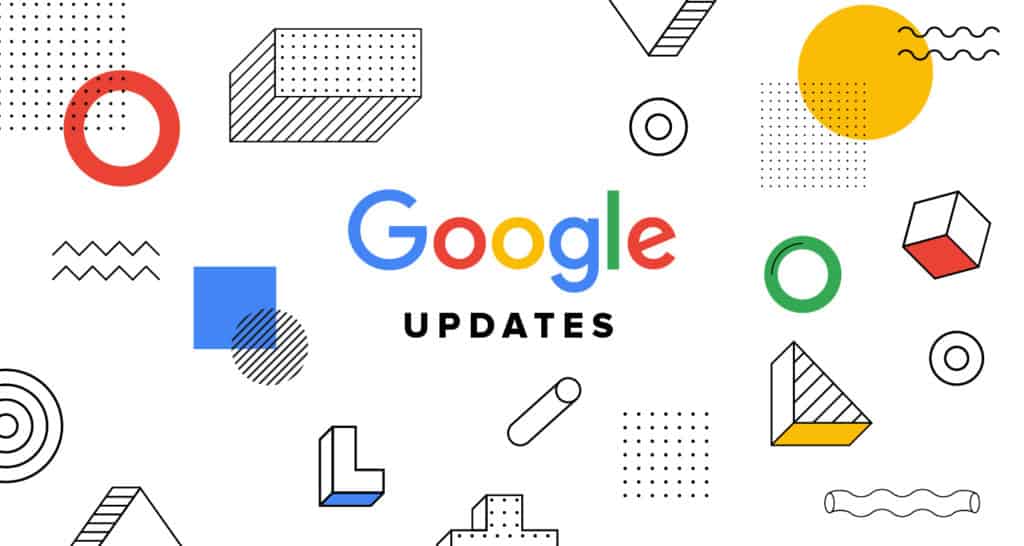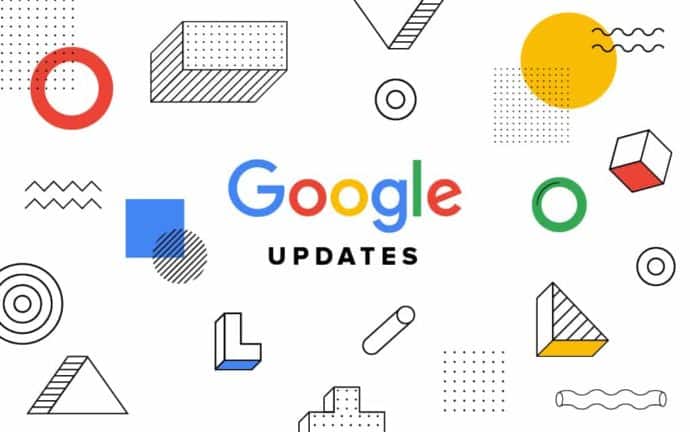Google Shopping is the latest digital platform to respond to a changing online retail industry due to the COVID-19 pandemic. Last week, Google announced a big shift in its shopping results, geared toward helping struggling businesses connect with consumers. From this month onward, the Google Shopping tab will be composed of primarily free listings. In Google’s words, the change will give retailers “free exposure to millions of people who come to Google every day for their shopping needs”.
Whilst the COVID-19 pandemic may have prompted the change, some have speculated that the latest Google Shopping update is in part Google’s response to Amazon’s growing share of online product searches. It seems to be a smart move: The appeal of Google’s paid-only shopping platform has dwindled for many merchants, particularly as Amazon’s visibility for both paid and organic results continues to grow.
What’s Changed?
The changes that you need to be aware of in this round of updates to Google Shopping relate to three main areas: Paid listings, organic listings, and PayPal.
Paid Listings
As of yet, there are no changes to the paid shopping ads visible on the Google search results tab or at the top/bottom of the Google Shopping tab. However, given that Google did redesign the Google Shopping experience across the US in October last year, it’s fair to expect that there may be further changes to this.
Organic Listings
Using feed data extracted from Google Merchant Centre, free listings will now appear throughout the Google Shopping tab.
PayPal
In addition to changes to the way results are displayed, Google is now partnering with online payment portal PayPal to allow merchants to link their account for easy payment.
Why Should We Care?
As with any Google update, it’s likely that these changes will have a knock-on effect on other aspects of performance. At this stage, it’s difficult to predict the impact that these changes will have on paid listings. On one hand, Google increasing the volume of merchants using its shopping product will increase its reach and should bring CPCs down.
On the other, merchants who hadn’t previously seen value in Google Shopping may suddenly start to perform well organically. This success may push them to trial paid ads, and therefore lead to increased competition.
Overall, anything that helps retailers reach their customers during this time – especially when it’s free – should be strongly considered. We recommend keeping informed of results in the US as the change is rolled out there, so that when the changes do launch in your market you’ll be well-prepared for some initial fluctuations in demand and costs.
What Should We Do?
Unless you currently sell in the US, there’s nothing to action yet at this point. Currently the changes are only live in the US, with a plan to roll out globally over the course of the year.
Having said this, anticipating the change gives retailers in Australia a valuable opportunity to prepare ahead of time. How you do this will depend on your relationship with Google Shopping.
- If you’re a new merchant who would like to utilise the program for free, create an account in Google Merchant Centre, upload a product feed, and opt-in to ‘surfaces across Google’. Google has provided a help centre article to assist with this.
- If you’ve previously run paid activity in the US but rolled this back in the current climate, we recommend checking these settings to ensure you can utilise the free listings.
- For existing Google Shopping merchants, the only change you need to make is ensuring that you’ve opted into the ‘surfaces across Google’ program.
Let’s Talk
Not sure how this Google update impacts you and what steps you should take? Get in touch to learn how we can help.

